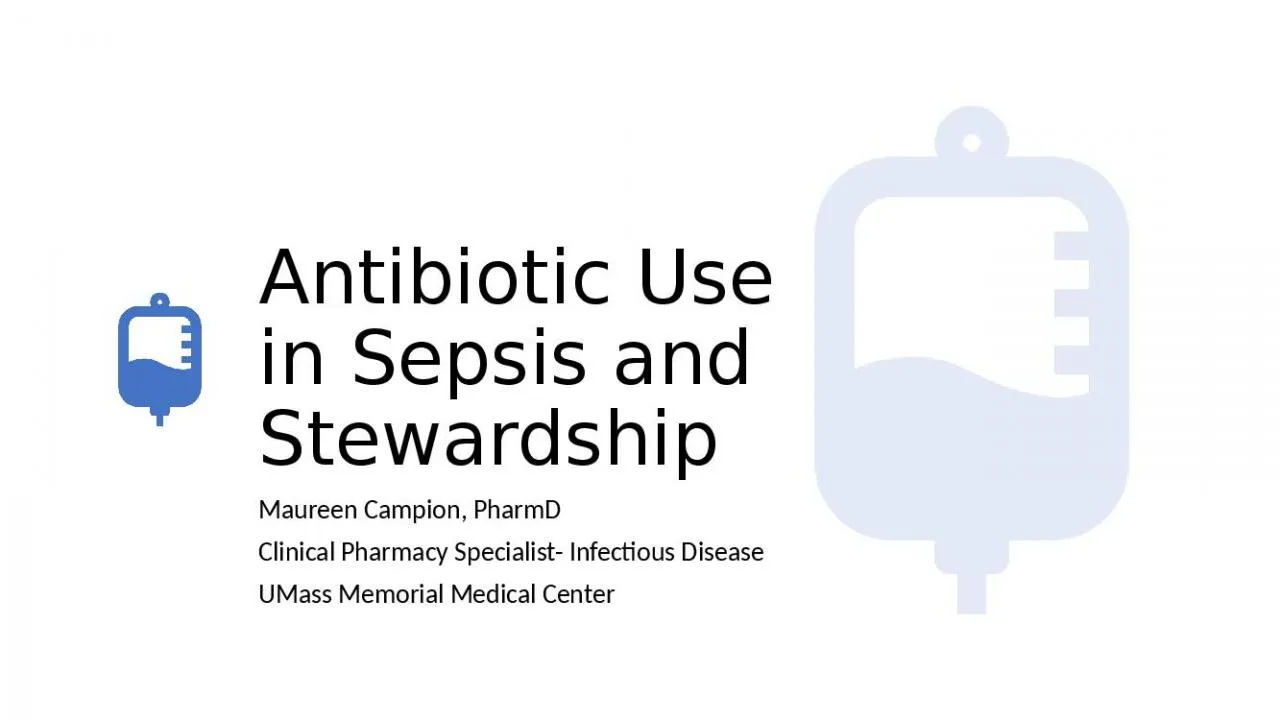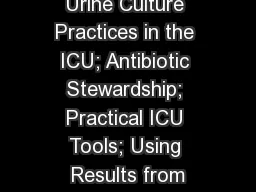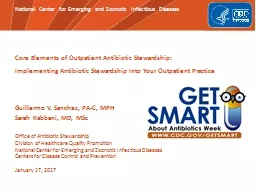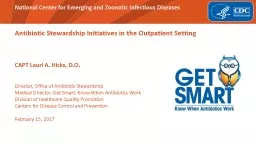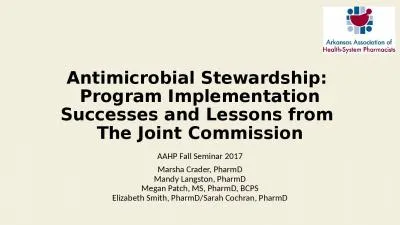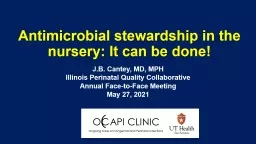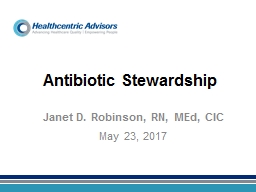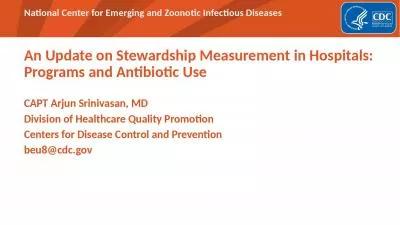PPT-Antibiotic Use in Sepsis and Stewardship
Author : daisy | Published Date : 2022-02-12
Maureen Campion PharmD Clinical Pharmacy Specialist Infectious Disease UMass Memorial Medical Center Disclosure statement I have no actual or potential conflict
Presentation Embed Code
Download Presentation
Download Presentation The PPT/PDF document "Antibiotic Use in Sepsis and Stewardship" is the property of its rightful owner. Permission is granted to download and print the materials on this website for personal, non-commercial use only, and to display it on your personal computer provided you do not modify the materials and that you retain all copyright notices contained in the materials. By downloading content from our website, you accept the terms of this agreement.
Antibiotic Use in Sepsis and Stewardship: Transcript
Download Rules Of Document
"Antibiotic Use in Sepsis and Stewardship"The content belongs to its owner. You may download and print it for personal use, without modification, and keep all copyright notices. By downloading, you agree to these terms.
Related Documents

